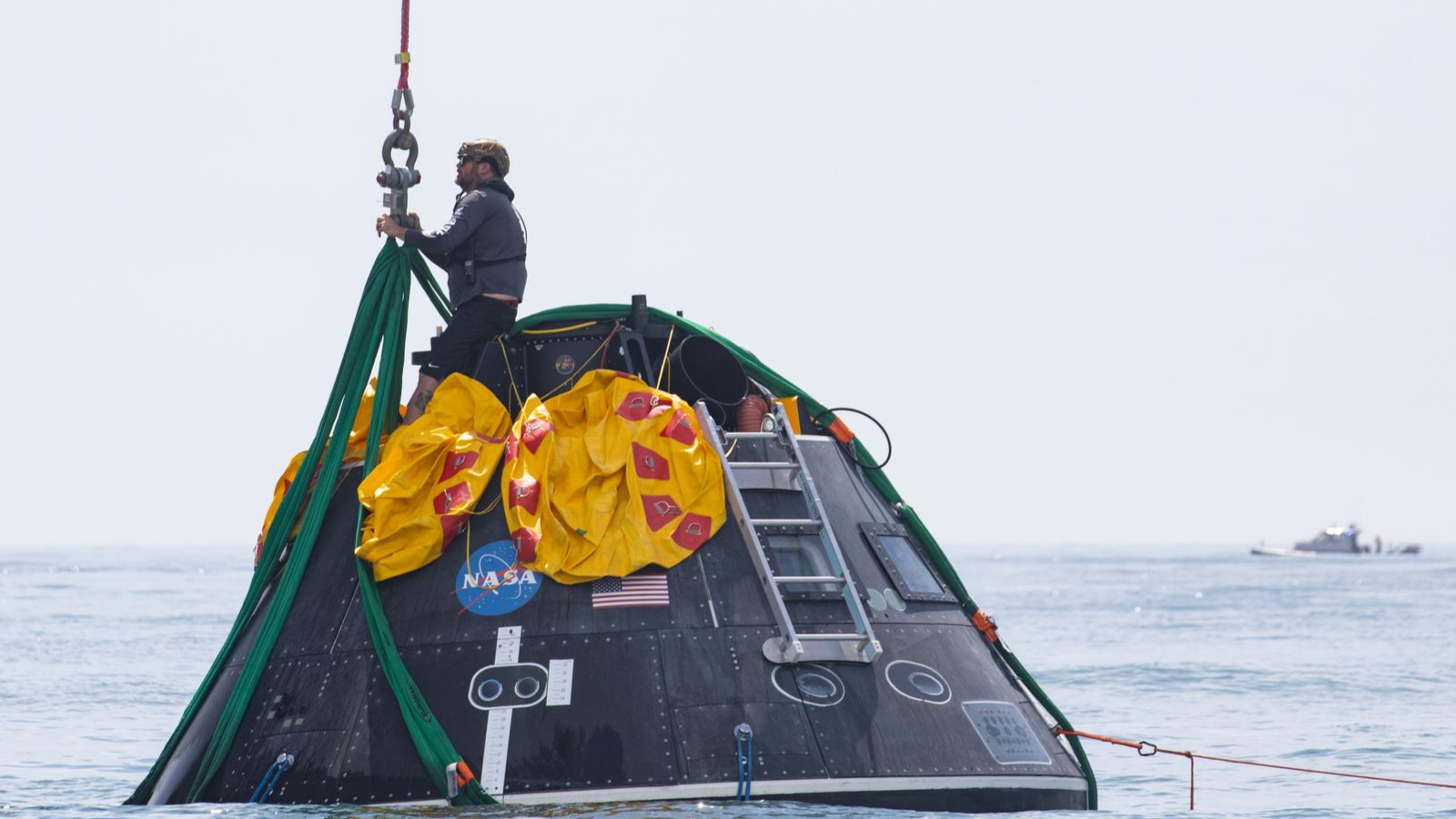NASA maps Beirut explosion damage from space with satellites

A NASA team, using data from a European satellite program, helped map the devastation caused when an explosion rocked Beirut, Lebanon on Aug. 4.
The NASA Advanced Rapid Imaging and Analysis (ARIA) team mapped the damage using synthetic aperture radar obtained from the Copernicus Sentinel program, from the European Space Agency. The radar shows changes to the ground before and after major events, such as earthquakes.
"Maps like this one can help identify badly damaged areas where people may need assistance," NASA, whose ARIA team worked in collaboration with the Earth Observatory of Singapore, said in a statement. "The explosion occurred near the city's port … and is estimated to have caused billions of dollars' worth of damage."
The worst of the damage, such as around the port of Beirut, shows as dark red pixels. Orange areas have moderate damage and areas in yellow are likely less affected. Each individual pixel represents an area of 33 yards (30 meters).
Beirut's devastation has been mapped by other satellites as well, including a SkySat satellite operated by San Francisco-based company Planet. The satellite imagery, released last week, showed the port area before and after the blast occurred.
More than 200 people are believed to have died from the explosion, according to the BBC, with dozens still missing in the wake of the blast. Three cabinet ministers and several members of Parliament have resigned; the blast was caused by more than 3,000 tons (2,750 metric tonnes) of ammonium nitrate stored unsafely for six years, the report added.
Follow Elizabeth Howell on Twitter @howellspace. Follow us on Twitter @Spacedotcom and on Facebook.
Breaking space news, the latest updates on rocket launches, skywatching events and more!
Join our Space Forums to keep talking space on the latest missions, night sky and more! And if you have a news tip, correction or comment, let us know at: community@space.com.

Elizabeth Howell (she/her), Ph.D., was a staff writer in the spaceflight channel between 2022 and 2024 specializing in Canadian space news. She was contributing writer for Space.com for 10 years from 2012 to 2024. Elizabeth's reporting includes multiple exclusives with the White House, leading world coverage about a lost-and-found space tomato on the International Space Station, witnessing five human spaceflight launches on two continents, flying parabolic, working inside a spacesuit, and participating in a simulated Mars mission. Her latest book, "Why Am I Taller?" (ECW Press, 2022) is co-written with astronaut Dave Williams.
